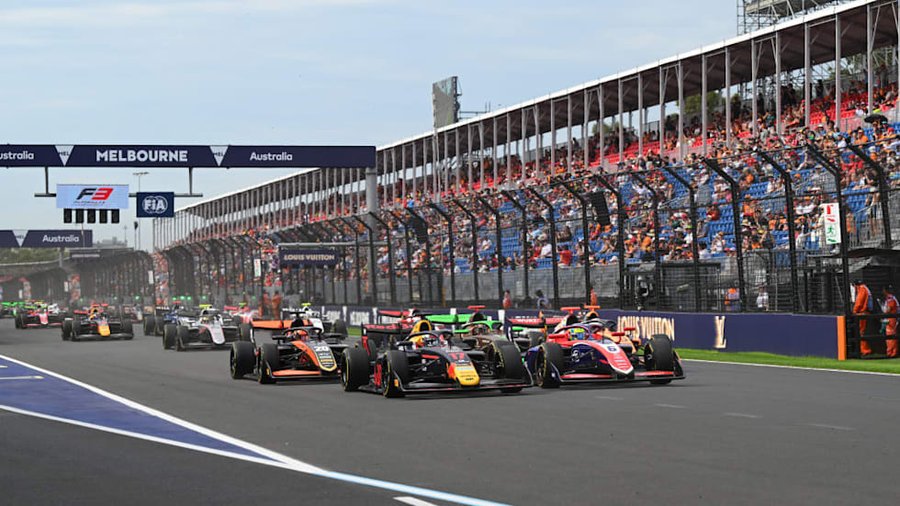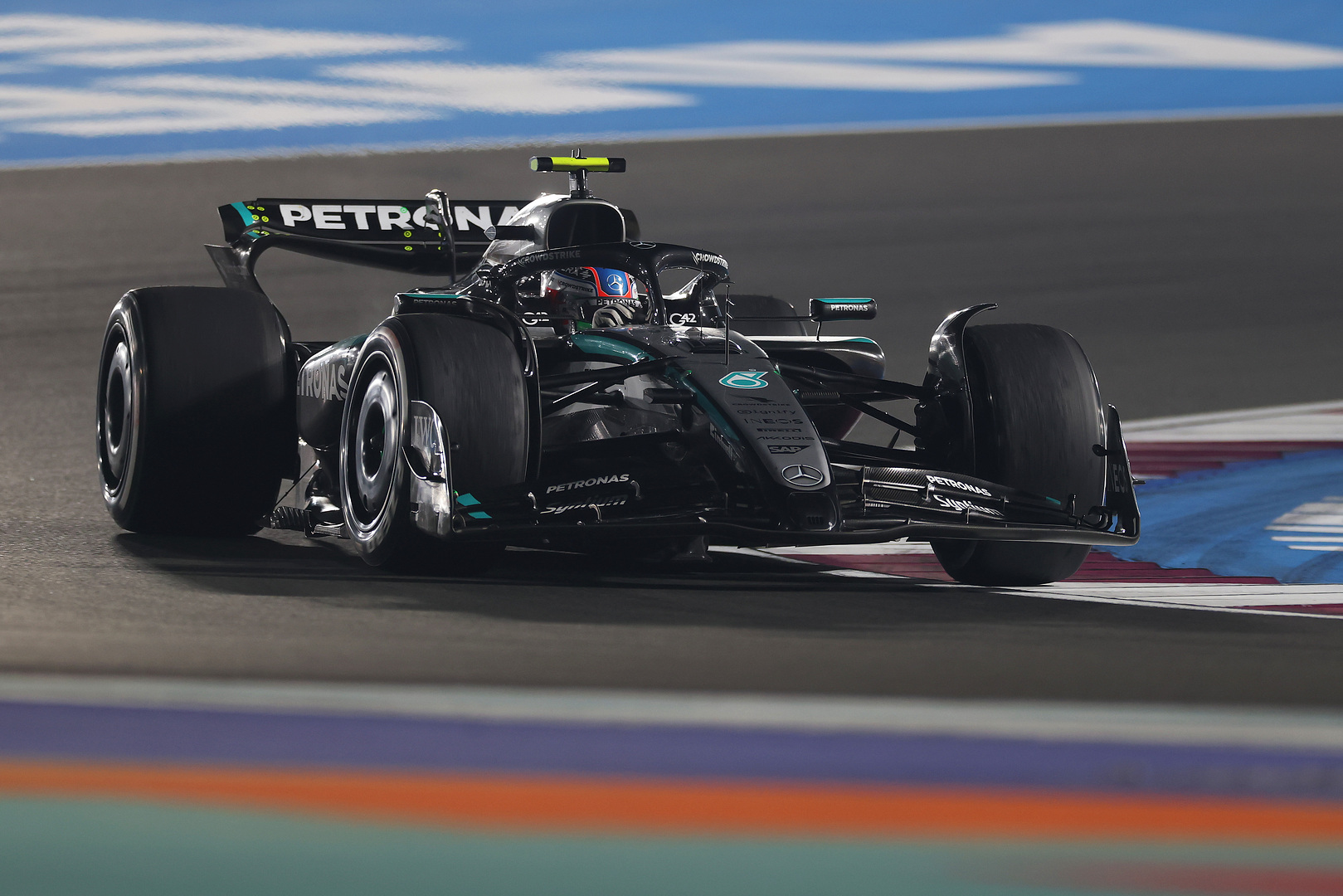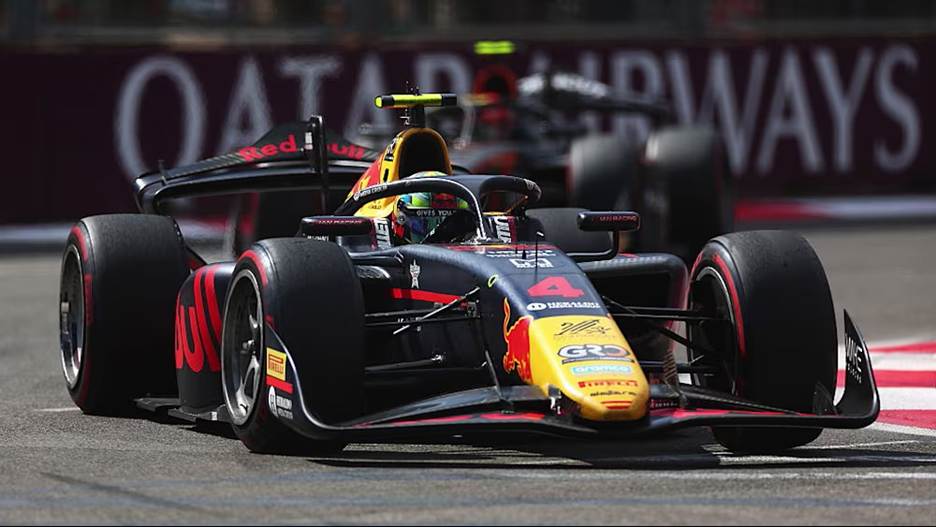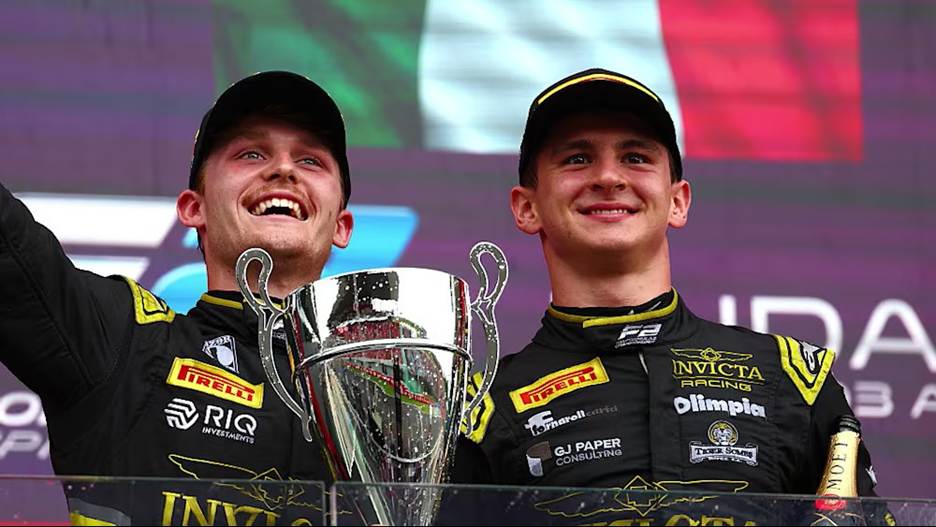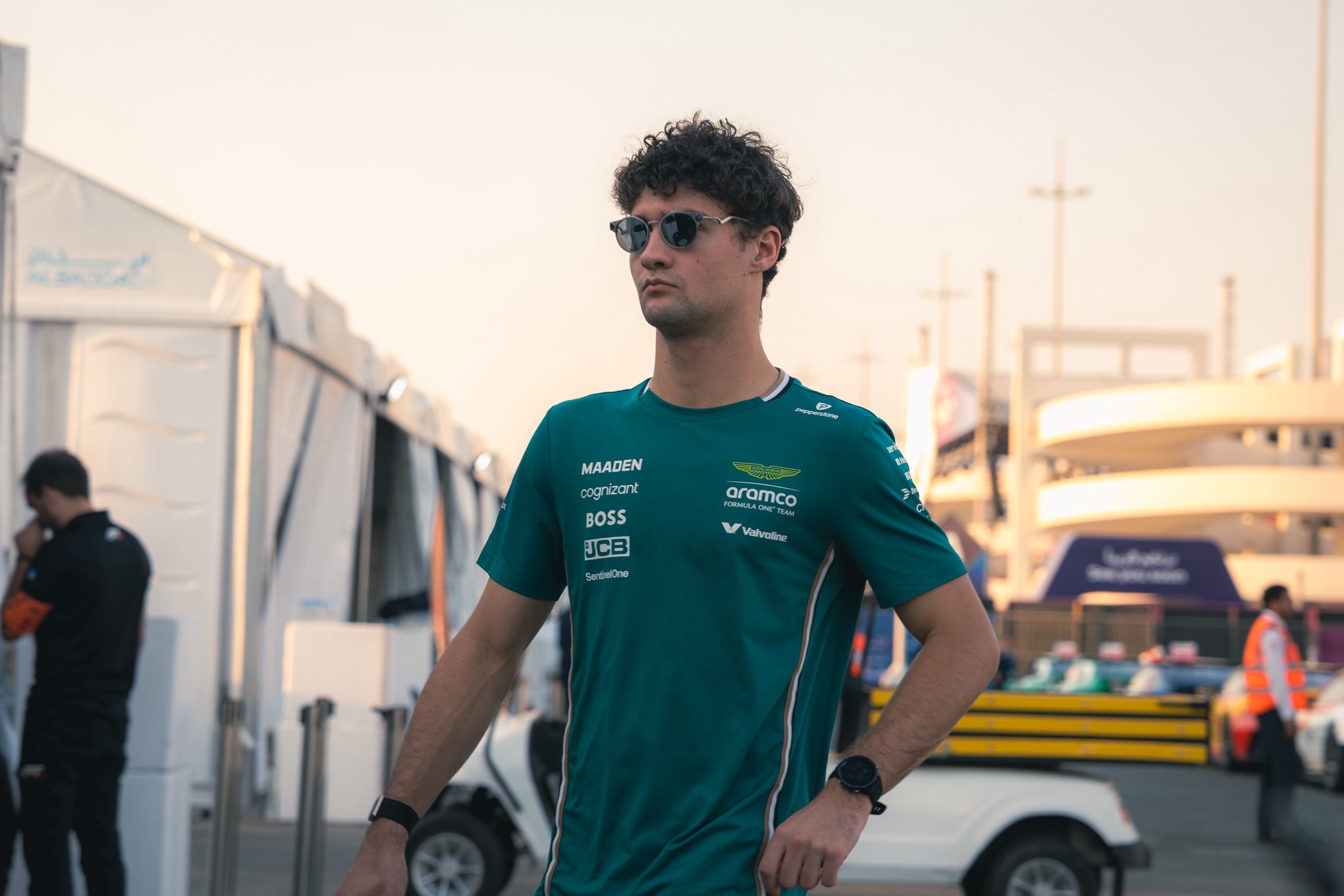As F2 and F3 become increasingly international series, there have been questions over whether the series will expand to feature races on other continents, most notably the Americas, where both F1 and F1 Academy currently race. As the F2 and F3 grids become more diverse, featuring drivers from countries and regions not traditionally represented in international single-seater motorsport, F2 and F3 CEO Bruno Michel addressed plans for further expansion and increased diversity in the series.
Michel “really happy” to have new countries represented in F2 and F3
While drivers from Europe and the United States continue to dominate the F2 and F3 grids, recent years have seen a growing number of drivers representing countries with limited access to motorsport. In 2022, for example, Zane Maloney from Barbados made history as the first Caribbean driver to compete in F3. He later became the first Caribbean driver to race in F2. More recently, in 2025, Joshua Dürksen of AIX Racing made history again, becoming the first Paraguayan driver to win an F2 race with his victory in the Melbourne Round Sprint Race.
In F3, 2025 marks the arrival of Singapore’s first F3 driver, Christian Ho, just a year after Matías Zagazeta and Alex Dunne became the first drivers to represent Peru and Ireland, respectively, in F3. Dunne has since made history again as the first Irish driver in F2, following the trailblazing efforts of Dürksen and Rafael Villagómez, who became the first drivers to represent Paraguay and Mexico in F2.
During a media event, Michel, in response to a question from Pit Debrief, stated that he was “very happy” to see so many new nationalities represented on the grid. He highlighted the arrival of Singapore’s Christian Ho to F3, indicating that such representation was something that F2 and F3 “want to see” on the respective grids.
“Yes, we are really, really happy to see that, and we’re really happy to see the number of nationalities that we’re having into Formula 3 and into Formula 2 as well. It’s really important. We have new drivers coming from new countries.”
“This year, we have a driver from Singapore. I think it’s the first time we’re having one. We have new drivers coming, and it’s really something that we want to see.”
Work done by FIA at lower levels vital for growing diverse talent pool for F2 and F3
Michel praised the work done by motorsport’s governing body, the FIA, to grow motorsport at lower levels. He explained that their efforts had increased access to Formula 4 and Formula Regional championships around the world, and this, in turn, had given young drivers a step towards F3.
“I think also for that, what is important is the work that is being done by the FIA on the categories under Formula 3 and under Formula 2, and the fact that there are a lot of Formula 4 championships around the world now, and that it starts to be quite a few Formula Regional championships around the world as well, and that’s how the drivers from everywhere in the world are being attracted, and we want, after that, to come and join Formula 3.”
He reiterated that increased access to competitive motorsport opportunities had allowed for the diversification and deepening of the talent pool entering F3 and later F2. He described the efforts to bring drivers from traditionally under-represented countries and regions into F3 as “really fantastic.”
“But yes, it’s really important, and I think it’s really important for those countries to come into motor racing as well. We talk about Singapore [but] Singapore is already having enough progress, so they’re not coming into Formula 1, but it’s really, really important to be able to have drivers from all over the world, and the work that is made by these categories under Formula 3 is really fantastic, because that’s really what helps to get more and more drivers from around the planet.”
F2 and F3 looking for “a proper deal” before expanding to the Americas
As the number of drivers from the Americas continues to rise, there has been interest in bringing F2 and F3 to countries like the United States, Mexico and Brazil, where F1 currently races. While the F2 and F3 CEO admitted that there had been interest from promoters and from F1 itself, he stated that F2 and F3 would have to be careful before introducing rounds in the Americas, especially with the series aiming to minimise costs to drivers and teams.
“We have already 14 events in Formula 2. So we have quite a lot of promoters that would like us to come and Formula 1 would like us to be there more often because we bring quite an interesting show over a race weekend. But we have also to be careful for cost reasons, exactly what we discussed a little bit earlier as well.”
Financial feasibility a top priority for F2 and F3 rounds
He explained that financial feasibility would be a top priority for F2 and F3, noting that the costs of freight for the teams would add a significant financial burden.
“And that’s why if we add up a new flyway in our calendar, we need to make sure that we find the proper money to pay for the freight because another way, another cost issue, but we are also paying for the freight for all the teams in all the flyways.”
Michel claimed that if a suitable deal can be made, F2 and F3 would be eager to race in the Americas. However, he noted that while F2 and F3 had been engaging in dialogue with interested parties, they had not yet found a suitable deal. However, he did not rule out the possibility of a deal being made in the future.
“And we have to make sure that we find a proper deal to make sure that it’s financially viable to go and race in South America. So we’d love to do it. We’d love to go to Brazil, of course. Mexico is not South America, but we’ve been talking with them as well to try to see if we could come to Mexico, but at the moment we haven’t found a proper deal either. But we’re absolutely looking at it because if the opportunity arrives, of course, we will do it.”
Michel not interested in increasing the size of F2 and F3 grids
While the arrival of Cadillac will see F1 expand its grid to 22 drivers for the 2026 season, a similar expansion of either the F2 or F3 grids does not interest Michel.
While the F2 and F3 CEO stated that the entry process remained the same, he admitted that he did not want to increase the size of the grid, believing the current number to be suitable.
“Well, there are no obstacles under principle, but it’s the same for everybody, which is that there is an entry process to enter into Formula 3 and to enter into Formula 2, and the entry process is every three years, and the fact that, number one, I don’t want to increase the number of teams in F3 and in F2. I think 30 cars in F3 is really a good number. 22 cars in F2 is really a good number as well, and we don’t need to have much more than that.”
he also admitted that he was loyal to the existing teams, having developed a strong working relationship with them throughout his time in F2 and F3, and their respective predecessor series.
“And the fact that, generally, I’m extremely loyal to the existing teams, because they’ve been doing the job, and that’s the way I’ve been working over the last 25 years, and that’s why we have teams that were there at the very beginning of GP2 and are still there with us today.”
Michel discourages F1 teams joining the F2 and F3 grids
The F2 and F3 CEO discouraged F1 teams, including newcomers Cadillac and Audi, from purchasing a place on the F2 or F3 grid. Instead, he urged them to consider partnering with the existing teams, which would allow them to adjust and reconsider their involvement depending on the outcomes of a season.
“So, my suggestion is always the same, and as you will realise, there is no team in F2 that belongs to a Formula 1 team.”
“The Formula 1 teams are getting the habit to work with some teams. There are some more natural paths between some teams in Formula 1 and some teams in Formula 2 and in Formula 3, but there is no ownership like that, and my suggestion would always be, because it’s better for a Formula 1 team if they want to be able to change their partner at the end of the season, because they have not been happy with the work that has been done with the F2 team.”
“My suggestion will always be, make a deal with an F2 team, but don’t try desperately to buy one or to try to get an entry, because it would be something that we didn’t have so far.”

